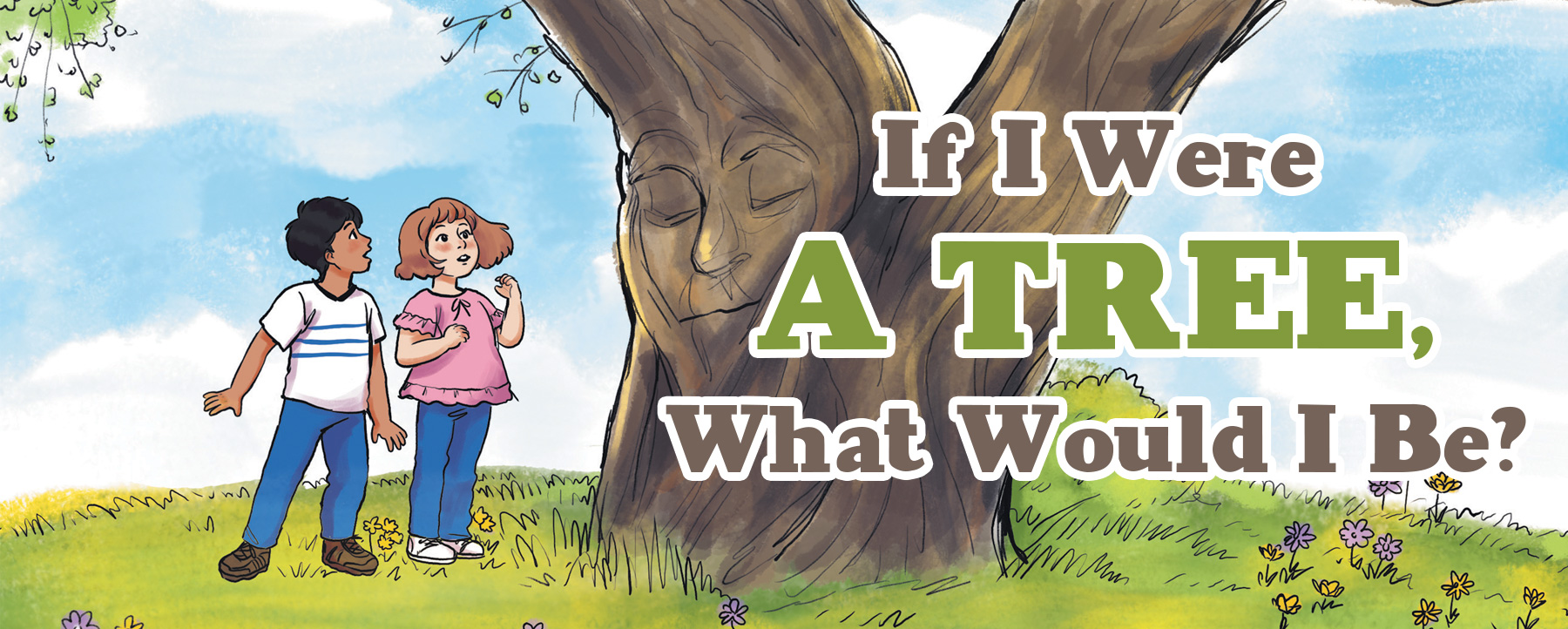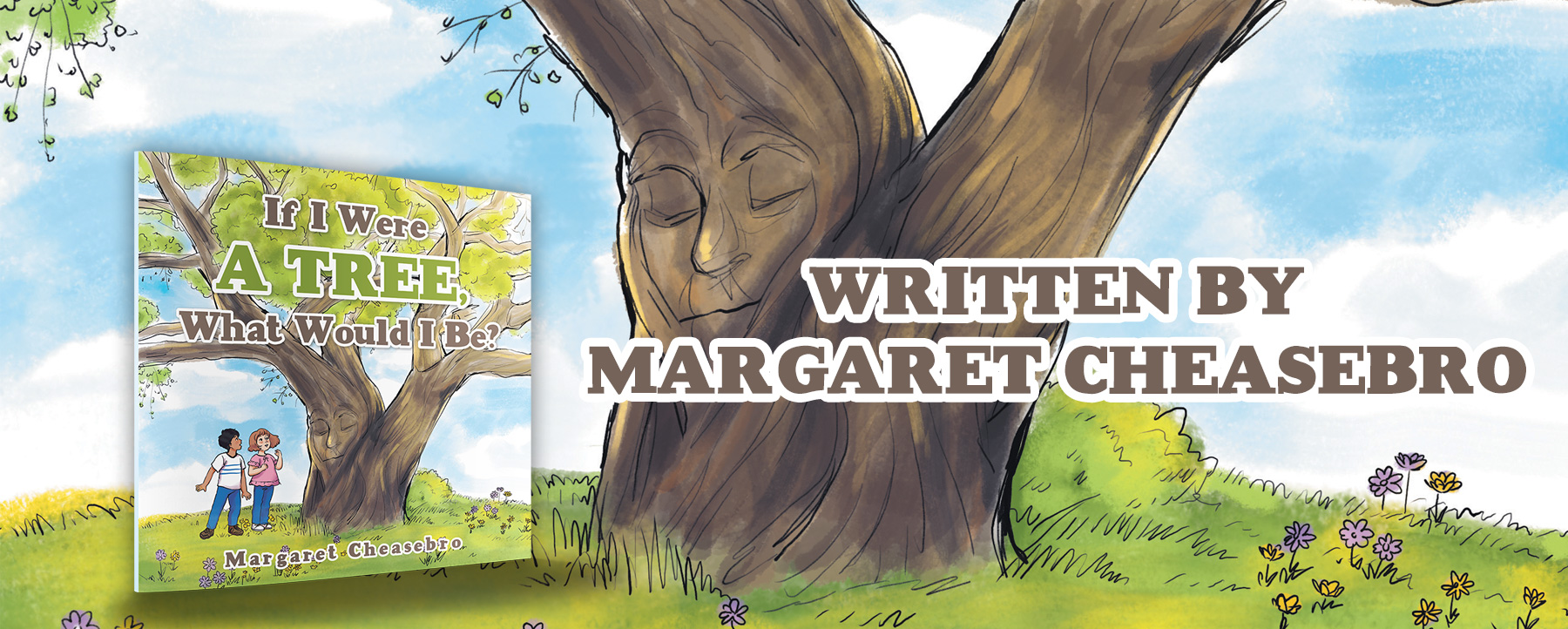Nearly a quarter of a million acres of trees cover most of the Menominee Indian Reservation in northern Wisconsin. Because of wise lumber harvesting practices, the forest contains more trees and healthier trees than it did a century and a half ago. That’s quite an accomplishment, because 93 percent of the 235,000-acre Menominee reservation is forested.
Timber harvest administrator Mike Lohrengel said logging has occurred among those trees for more than a century. Some of the big maples and basswoods are more than 150 years old. The forest, about an hour’s drive west of Lake Michigan, has more trees than when lumber harvesting started.
That’s because the logging technique is based on the wisdom of the tribe’s 19th century chief, Oshkosh. He negotiated the 1854 treaty that secured the reservation for the Menominee Indians, and he designed how the forest should be harvested, explained Fred Pearce in his July 24, 2023 article for Yale Environment 360.
Oshkosh’s words are recorded in Pearce’s article. “Start with the rising sun and work towards the setting sun, but take only the mature trees, the sick trees, and the trees that have fallen,” Oshkosh advised. “When you reach the end of the reservation, turn and cut from the setting sun to the rising sun, and the trees will last forever.”
Though chainsaws and heavy dragging equipment have replaced the hand saws and horse-drawn skids that were used in Oshkosh’s day, the basic tenets of his wisdom remain. Lohrengel explained that every 15 years, forestry maintenance includes taking out weak trees, sick trees, and any that are dying. They leave the healthy trees to reproduce. No new trees are planted. New trees are products of the healthy trees that were allowed to remain standing.
Menominee’s head forester Ron Waukau said all forestry and lumber harvesting decisions are based on what’s best for the forest. As a result, the Menominee tribe’s sawmill in Neopit village gets quality lumber from the forest.
Patrick McBride, the sales director of the Pennsylvania-based lumber company, MacDonald & Owen, said his company buys most of what the Menominee sawmill puts out. In Pearce’s Yale Environment 360 article, McBride said that because the tribe leaves the best trees in the forest, even the old and sick lumber that is harvested is better than the best of what comes from most other places. Many of those trees are maple, aspen, birch, hemlock, ash, basswood, ironwood, red oak and white pine.
Waukau said that some of the trees are more than 200 years old and over 200 feet high. About a quarter of them are not harvested because they are in swampy areas, at sacred sites or in important wildlife areas. The wise harvesting techniques are a blend of tribal knowledge and today’s ecological science. They include cutting only about one third as much timber as the forest grows each year. People in the forestry business come to the Menominee Reservation from around the world to learn more about those successful techniques, Pearce noted in his article.
Challenges, such as changing climate that bring windstorms, keep Menominee forest caretakers on their toes. The forest is not as prone to wildfires as other places are because a tribal burn program spends time both starting and stopping fires to reduce the threat of wildfires. Invasive pests such as the emerald ash borer could severely damage ash trees in the future. Waukau thinks the tribe’s wise forestry methods keep the trees more resilient to such pests.
Those forestry practices, based on cultural and spiritual traditions, have an excellent chance of keeping the Menominee forest healthy for many generations to come.


